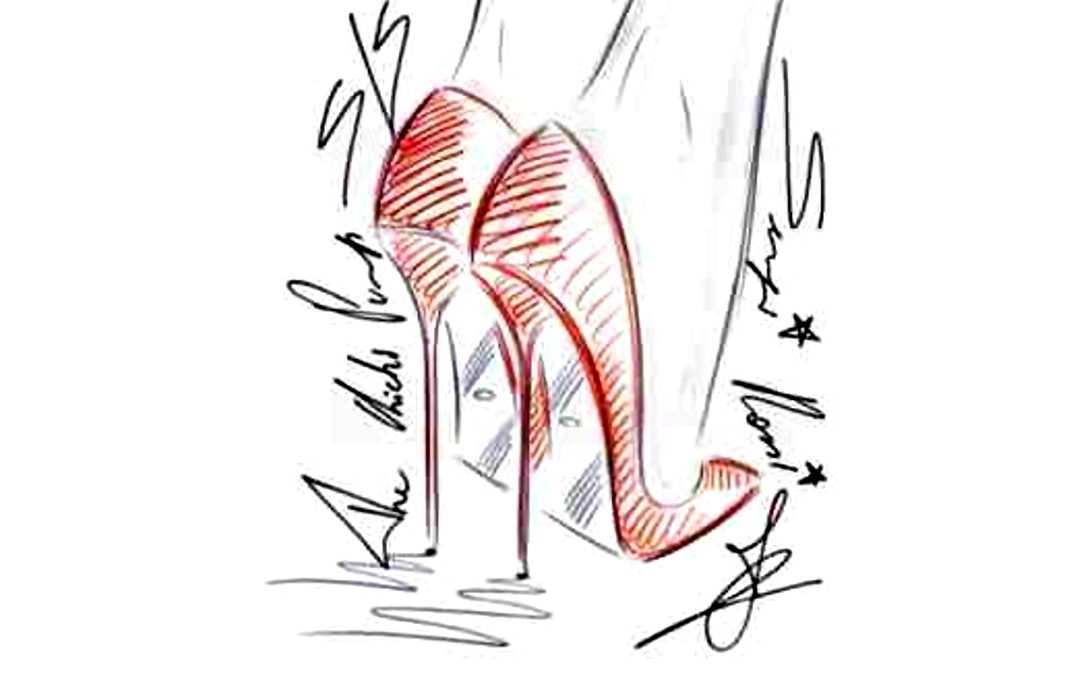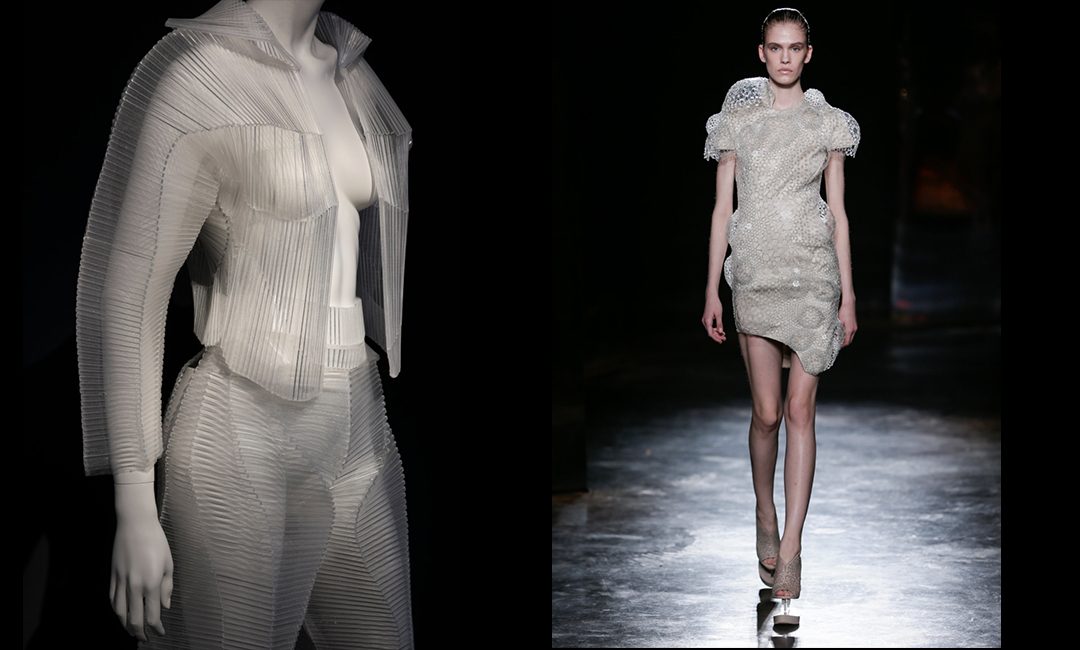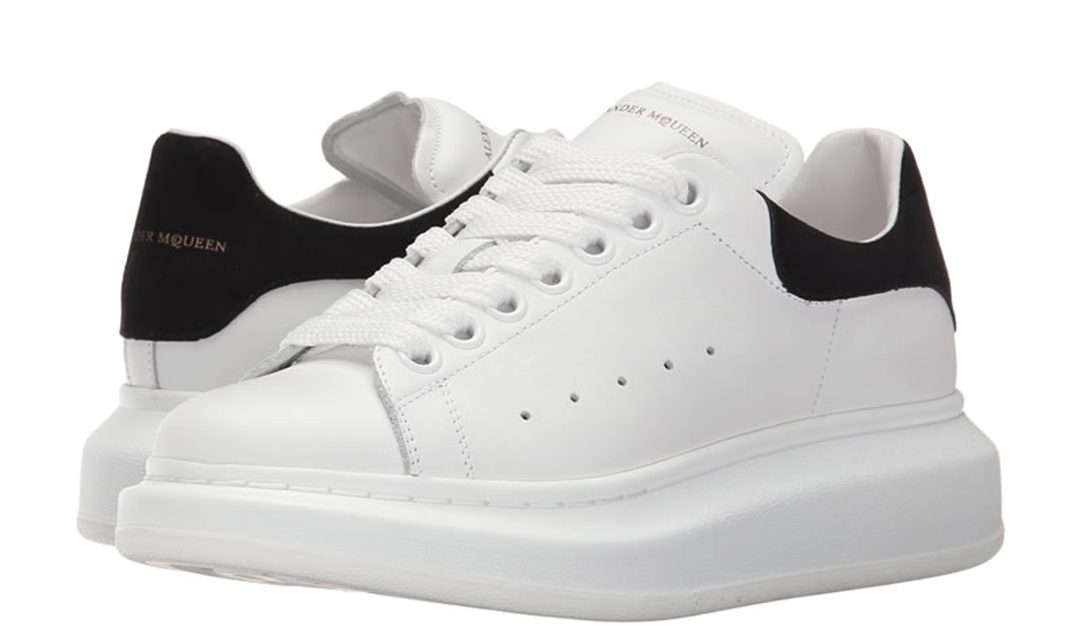
by Cwe | Jan 27, 2017 | Creative Process, Creativity, Design, Designers
As a designer, how do you present your product to the company?
As a designer when you present a project to your company (or a client), we don’t straight away present a final project. We set up few meetings in advance to build the project TOGETHER.
To make sure that the company and the design team share the same vision – and avoid to work for multiple weeks for nothing in case the project wouldn’t match. In that case, the spirit and mindset of the team may drastically go down. So we put in place a system that :
- plan several phases with a “validation” meeting at the end of each phase.
- Each “validation” meeting is a milestone. We make sure that the project keep going and won’t be lost in a “creative loop”.
- start with multiple proposal at start, then get narrowed along the way. Think like a Funnel.
“With the “Funnel system”, we continuously get closer to the target, and we get things done.“
 Design process = Funnel
Design process = Funnel
Earlier we make changes to a project, lesser it cost in term of money and time.
Note: I would like to share with you a TIP I learned from LCapital*.
A project may need modification, even after a validation stage (situation that we try to minimize). It’s good to keep in mind that the earlier the better.
Within the first phases, any change cost nothing except a good discussion and some sketches on paper. Later stages may involve more department, a clay model, some prototypes, material order, marketing campaign… when any changes may have money and time repercussion.
* Private equity fund sponsored by LVMH group (Louis Vuitton Moett Hennessy)
The 5 phases of creativity
Saying that, let’s now look at each phase of the Funnel.
Note: May vary more or less depending of the industry and company. The logic of it is pretty universal though whether you work in fashion, product design, visual communication, car industry…
Phase 1| Design brief
The brief may come from the design or marketing team. It’s a good time to ask for question. Gaining in clarity will sharpen the project from start and save a lot of time from eventual misunderstanding.
 “Validation” Meeting No.1
“Validation” Meeting No.1
Time for questions and clarifications.
We also make sure that the brand – the customer and the project are well aligned.
Phase 2| Wide research
At start, the research is super wide. We look for the widest variety of proposals and innovation. We mainly take inspiration from the users, there habits, needs, way of living… identify there problems and look for innovative ideas. If an idea looks crazy, then great ! You look for provocation.
It’s easier to drag a crazy idea to something more down to earth than the inverse.
I remember reading somewhere why Japanese are so innovative. They believe that “Every problem is a treasure”. What does it means ? Instead of avoiding problems, look at how to solve them. There is an opportunity to give value to the world.
“Every problem is a treasure.”
Time is limited. The priority is given to ideas, not on quality of sketches or presentation. The very first batch of sketches won’t be shown to anybody except yourself and your design team if you want to. You don’t bother about nice drawings, or even perspective. Just drop IDEAS in your sketchbook. You will mature some of them only if they deserve to be carry on further.
Don’t waste time at making nice drawings. The variety and creativity of ideas count FIRST. If you spend too much time at making nice drawings, you will have less time to create…
The final shape doesn’t matter much at this moment. We care more about the function, the architecture of the product, the way people will use the product, the proportion, the usability, the user’s emotion… I recommend you to illustrate your ideas with people using your ideas. Many designers forget to do that. Your audience may not be all designers. They will highly appreciate these quick “staging”.
 “Validation” meeting presentation No.2
“Validation” meeting presentation No.2
You don’t want to bother much yet about feasibility.
You propose diverse ideas and a start of various axis of research with quick sketches supported by mood boards (pictures of users, source of inspiration pinned on a board).
Together you will define few axis of research.
Phase 3| Axis of research
Previously, we looked for getting a wide scope of ideas. Now, it’s time to start focus on a limited number of axis and spend more time on getting deeper research. You refine the sketches, you get deeper into the functions, shapes maybe colours… Then you present your multiple ideas to the team and discuss. Make sure that each axis present there own major specificities.
 “Validation” meeting presentation No.3
“Validation” meeting presentation No.3
Each axis is more consistent. Feel free to recommend the axis you feel the most appropriate.
At the end of the meeting, 1 axis should be selected.
Phase 4| 1 axis > 3 proposals
From the selected axis, you have a clear direction. At this stage, you start getting into the details and more defined shapes. And because we like variety, you will create 3 proposals. You may consider this format:
- The safe proposal (Commercial)
- The daring proposal (Most innovative)
- A risky approach that you personally feel cool enough to be presented
 “Validation” meeting presentation No.4
“Validation” meeting presentation No.4
You propose 3 options. Each proposal is presented in separate boards. It’s pretty good to start presenting your board neater with a good quality of rough. You may use computer to make neater presentation, but yet, no advanced rendering.
Phase 5| Refinement and Ultimate validation
“There can be only one !” – Highlander.
Your proposal is selected ! Awesome. Time for refinement.
Designers give more accurate technical drawings* and can start to make a first model or prototype. It can be a clay model, a first sample of shoe, a 3D printed model…
We make sure that
- the line we draw on paper looks as good as we wanted in volume
- the measurement and proportion are correct
- do a preliminary test of the product about ergonomics, functionality (some “DIY models” can be made in previous phases)
- we make the necessary refinement.
 “Validation” meeting presentation No.5
“Validation” meeting presentation No.5
Remember to include the mood boards (users, brand, spirit of your products…) to support your project. You provide 2D render (eg. Photoshop sketches, Illustrator) or 3D rendering (eg. Rhino 3D, Solidworks) and some additional technical drawings if needed. You present them with a speech and professional presentation board. Once again, present the product with people using it. It makes the concept clearer bringing life to your Prototype.

Hope it helps you to see clearer of the creative process and the different elements to present along the way. Once again, this may vary more or less. But that’s pretty much the guideline. If you have any question, feel free to ask in the comments below.

by Cwe | Sep 14, 2016 | Creative Process, Designers, Fashion, Technology, Trends
In “The Extraordinary Process,” nine designers — Patrik Schumacher, Ms. Hadid’s partner at Zaha Hadid Architects; Peter Do; Phoebe English; Iris van Herpen; Stephen Jones; Krystyna Kozhoma; Nasir Mazhar; Minimaforms and XO — consider how fashion and design are affected by new technologies and collaborations.
Pieces designed by Patrik Schumacher for an exhibition inspired by the work of the architect Zaha Hadid, who died in March. Credit Damian Griffiths/Courtesy of Maison Maison Non
The architect Zaha Hadid, who died unexpectedly in March, was known for her flamboyant and very personal fashion sense. While her architectural practice become famous for large-scale, soaring structures, like the opera house in Guangzhou, China, or the Maxxi museum in Rome, it has embraced fashion, jewelry design and household items with a similar fervor and spirit of innovation. “In terms of form, all our projects — architecture, fashion and furniture — interest me equally,” Ms. Hadid said in a 2015 interview.
Here are edited extracts from the conversations:
Patrik Schumacher
I teach at the design lab at the Architectural Association, and we have been working on texture-like materials to use in construction. But in our architectural designs, we have done origami-style curved folding. It’s a world of forms, more than anything, and then you seek customization. For the exhibition, I’ve designed a three-piece suit using neoprene and mesh because I want that elasticity and comfort. Instead of buttons, there are zippers, and the way the suit is constructed and layered is unconventional. At the same time, it is still recognizably a suit, elegant and very wearable, and you could go jogging after dinner without changing.
Krystyna Kozhoma
A design by Krystyna Kozhoma. Credit Damian Griffiths/Maison Maison Non
I saw a video about curved folding in architecture, and it inspired me to create clothes with programmed shapes. So I’ve embedded clear bars in the fabric of a jacket and trousers to create a structured shape. I worked with an engineer, and there was no pattern cutting; the clothes were made by a computer program. That’s still limited in fashion and mostly used for 3-D printing. This is a translation from architecture to fashion, and the shapes and fluidity of the lines show how much my work is inspired by Zaha. She took a lot of inspiration from nature but then computerized it. What’s interesting is that if the embedded material reacted to light, or temperature, you could make the garment a smart one. That’s the next project.
Iris van Herpen
From Iris van Herpen’s Lucid collection. Credit Iris Van Herpen Lucid Collection/AW16
I’m showing a dress from my Lucid collection that is built of thousands of small transparent pieces. They create a bubble or halo around the body, and around the dress we have built an installation of optical light feeds from thin, transparent sheets that bend the light. From each angle, you see the garment in a different perspective and with a sense of movement. For me, that reflects the future: uncertain and personal to each individual. I think Zaha’s work is a beautiful balance between the futuristic and the organic, and I tried to stay true to that balance.
Peter Do
Peter Do made a unisex coat, sweaters and boots. Credit Damian Griffiths/Courtesy of Maison Maison Non
I was thinking about minimizing one’s wardrobe and functionality, so I used a single yarn, made from cellophane, woven in many different ways, and made a unisex coat, sweaters and boots. Each looks different because of the way it is fabricated and layered. I worked with Stoll, a knitwear company in New York who make incredible knitting machines that can do extraordinary things. In the future, I think they’ll be much more simple to use, and I had this idea that everyone could have a Stoll machine at home, download your patterns, choose your yarns and your garment would be knitted by the time you got home from work.
Phoebe English
Phoebe English’s piece. Credit Damian Griffiths/Courtesy of Maison Maison Non
I realized, when I got the brief, that I felt a bit frightened of the future. So I designed an enclosure or private space, a kind of safety shell. It’s constructed from a heavily smocked textile with very closely packed pleating. It’s half calico and half plastic, so it has both a rawness and a sheen. I’ve always admired the shapes and forms of Zaha’s work; there is something about that fluid line that I feel has a strong feminine aesthetic. That has been a big influence on me. When people envisage future design, it often looks hard and polished and technological. I wanted something with a different vision.
Stephen Jones
Photo
Stephen Jones’s design. Credit Damian Griffiths/Courtesy of Maison Maison Non
Zaha was a client of mine, and I felt we had a similar approach. She made forms, constructions which relate to people, and I do the same thing as a milliner, but put them on people’s heads. She once gave me a sketch of a vortex that she had used as a design element in a restaurant in Sapporo, and I took that as my inspiration. My tribute to her is a red, spinning vortex hat over a stool she designed and a cushion made from the Issey Miyake pleated fabric she always wore. For me, it’s an idea of energy, speed and transformation. I love the idea that in the future you’ll put a magical hat on, and it will make you feel a certain way.

by Cwe | Jul 29, 2016 | Designers, Shoes, Sneaker
The big, blunt lines of brutalism are dominating modern design. And now in everyday life, we find ourselves being gravitationally attracted to the presence of weight and bulk. This can be seen in our increasingly modular cars, that look forced rather than sculpted into existence, or in rough-hewn spaces like the new Tate Modern building where you can consume art safely within its bunker-like brickwork.
But beyond these snub-nosed hatchbacks and concrete monoliths, Alexander McQueen’s platform sneakers for men and women indicate how the same stripped-back supersizing loved by brutalists is inspiring shoes. Rooted in anti-romanticism, this is the label you would expect to see plumbing the depths of power in search of elegance. Platform sneakers are an established item for women, yet they still feel unexpected for men. This only adds to their appeal, of course. The historical irony is that youth culture’s legions of angry young men have spent decades stomping around in creepers, combat boots, and other ultra-masculine footwear defined by heavy-duty soles.
Alexander McQueen’s take on this motif is a shoe for moshing laced into the context of elegant lunchtime simplicity. The shoe pairs maxed-out proportions with the minimal styling of popular brands such as Common Projects and adidas Originals. The only concessions to decoration are one line of perforations, gold logos on the padded tongue, and a black heel panel. The sole here is the real star, stacked and widened to emphasize its rounded shape, bulking up a simple tennis silhouette with added height and muscle. It stamps creative director Sarah Burton’s authority on her predecessor’s legacy by showcasing her ability transform the brutal into something uncanny. Like she once told journalist Susannah Frankel, while discussing the doctrine for her designs after taking over at McQueen, “Empowerment and protection: Working here, you always have to bring it back to Alexander.”
Text: Ben Perdue

 Design process = Funnel
Design process = Funnel “Validation” Meeting No.1
“Validation” Meeting No.1 “Validation” meeting presentation No.2
“Validation” meeting presentation No.2 “Validation” meeting presentation No.3
“Validation” meeting presentation No.3 “Validation” meeting presentation No.4
“Validation” meeting presentation No.4 “Validation” meeting presentation No.5
“Validation” meeting presentation No.5


